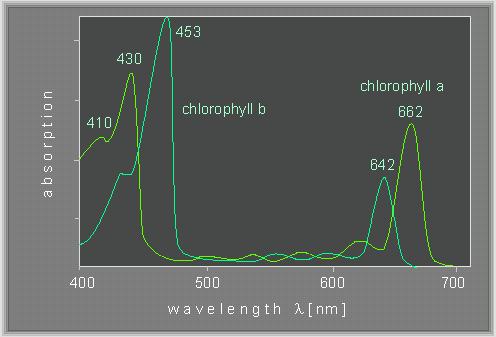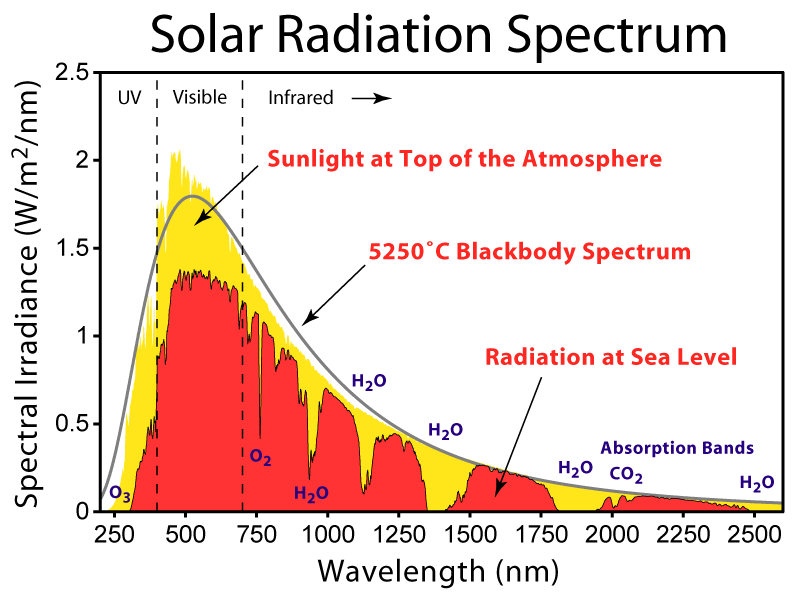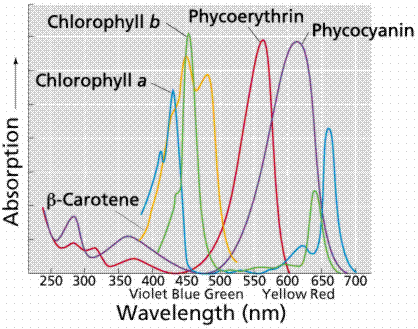xxxxx
Hazard to Others
  
Posts: 115
Registered: 21-5-2004
Member Is Offline
Mood: No Mood
|
|
increase efficiency of photosynthesis
chlorophyll absorbs only a small segment of the spectrum of sunlight. i was wondering if chlorophyll analogs could be created or bacteriorhodopsin
could be added to plants to increase the effieciency. i am including two images and a text of a discussion on this matter.
Attachment: 01.txt (9kB)
This file has been downloaded 803 times
|
|
|
xxxxx
Hazard to Others
  
Posts: 115
Registered: 21-5-2004
Member Is Offline
Mood: No Mood
|
|
increase effiency of photosynthesis
image

|
|
|
xxxxx
Hazard to Others
  
Posts: 115
Registered: 21-5-2004
Member Is Offline
Mood: No Mood
|
|
increase efficiency of photsynthesis
image

|
|
|
chief
National Hazard
   
Posts: 630
Registered: 19-7-2007
Member Is Offline
Mood: No Mood
|
|
After a billion of years of plant-evolution these plants should be quite at the efficiency-optimum; maybe not all plants are optimized for
photosynthesis, since also other factors of the environment play a role in nature.
But at least those plants, which are found in the tropical rainforest near the ground, should usually be very efficient, since they have bad lighting
conditions, and in this climate also more time for evolution, since it's warm enough all the year.
|
|
|
12AX7
Post Harlot
    
Posts: 4803
Registered: 8-3-2005
Location: oscillating
Member Is Offline
Mood: informative
|
|
As I recall, CO2 is considered the limiting factor. Solar efficiency is something pitiful like 1%.
Obviously if plants were anywhere near 100% efficient, they would be black (or even color changing, to regulate temperature...hmm).
Tim
|
|
|
watson.fawkes
International Hazard
    
Posts: 2793
Registered: 16-8-2008
Member Is Offline
Mood: No Mood
|
|
| Quote: | Originally posted by chief
After a billion of years of plant-evolution these plants should be quite at the efficiency-optimum |
It's a
local maximum, not a global one. That means plenty of opportunity for fundamentally different approaches.
|
|
|
hissingnoise
International Hazard
    
Posts: 3940
Registered: 26-12-2002
Member Is Offline
Mood: Pulverulescent!
|
|
As Tim said, CO2 is the limiting factor; presumably, the amount of light absorbed/used is quite sufficient for the synthesis of other necessary
compounds from absorbed CO2.
Increasing the efficiency of chlorophyll would require a concomitant increase in CO2 availability.
And CO2 levels *are* going up. . .
|
|
|
kclo4
National Hazard
   
Posts: 916
Registered: 11-12-2004
Location:
Member Is Offline
Mood: No Mood
|
|
I wonder how hard it would be to selectively breed algae in an environment with far more CO2?
You'd think it would be possible to add some sort of selective pressure, perhaps filter out the light that is most useful to the algae, which since
you'd have increased CO2, the limiting factor would be the light.
--Sounds like a waste of time, but I'm sure you'd be famous for it as it would be reported as the "cure to the energy crisis" along with everything
else is in this world (such as this device, which is the most retarded thing I've ever seen http://www.groovygreen.com/groove/?p=2633)
Although, I'd love to have a plant that was ridiculously efficient when it came to absorbing and using light!
I have a question, If the CO2 levels are actually going up, which I have never really looked into, wouldn't their just be more plants, or algae, etc?
Perhaps nutrients such as phosphate, Nitrogen and Potassium are the limited factors over all, which could perhaps explain how the CO2 levels "are"
going up?
|
|
|
not_important
International Hazard
    
Posts: 3873
Registered: 21-7-2006
Member Is Offline
Mood: No Mood
|
|
It's not just the increased CO2, but other effects expected from rising CO2 levels - higher average temperatures, precipitation shifts from the norm
for the region. Algae can be affected by increased acidity of the water. In general a minor increase in CO2 levels does boost general plant growth,
but not by a large amount; climate effects attributed to increased CO2 tend to speed up decay and so reduce the impact of the increase in plants.
Much of the solar energy absorbed gets used in the life functions of the plant, not in fixed carbon. Most plants give off CO2 at night, consuming
some of the carbohydrates they made during the day.
Note that many plant have accessory pigments that increase the range of light use. Also consider that there is a low energy cutoff, where the photons
start to be too low in energy to drive chemical reactions.

|
|
|